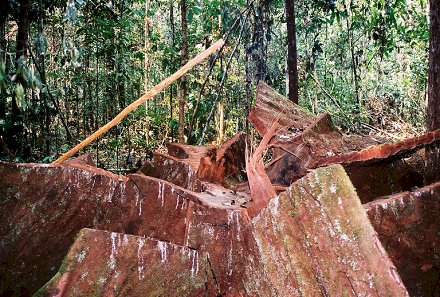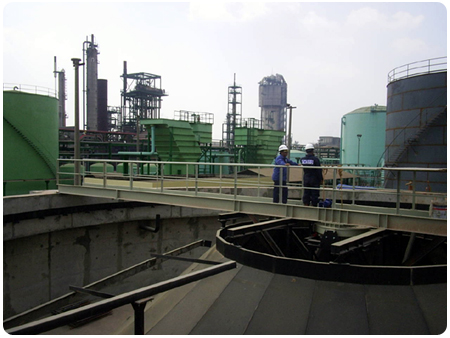





| Community/Village level Water Supplies |
| Introduction | | Individual Housing level | Neighborhood level | Village/Community level | References |
| Rain water harvesting for the community and village scale | ||||
Rain water harvesting projects have been developed rapidly over the years. The objectives of these projects are for domestic and production purposes. Harvesting rainwater for agricultural and domestic purposes helps improve water quality, minimizes the need for acquiring imported water and creates more sustainable agricultural practices. Rain water harvesting at scales such as these can be obtained through many different types of devices. Usually for rainwater collection at this level, there is a need for large land masses. Harvesting rain water at this scale requires the use of rainwater collection fields, storage, water supply and irrigation facilities. Most storage facilities use underground cellar or kilns to avoid evaporation loss.
|
| Water collection sources | ||||
     |
| Plan of implementation | ||||||||||||||||||||||||||||||||
Implementation of the Rain Water Harvesting projects are mainly relied on the beneficiaries of these systems themselves. Since the techniques for rainwater catchment systems are simple, the farmers can manage the construction and operation of the system after an in-situ training or visiting demonstrated projects that either would be implemented or are already in existence. Research institutes and extension service centers are would need to demonstrate projects under different conditions and conduct training courses. Here is an opportunity for government funding and subsidies to become involved. the Governmental has an ability to participate by help funding certain elements of these systems to those who need assistance in funding. In general, farmers contributed for the main systems which include more than 2/3 of RWH systems . This contribution was found mainly in the form of labor.
|
||||||||||||||||||||||||||||||||
|
||||||||||||||||||||||||||||||||
|
||||||||||||||||||||||||||||||||
Maintenance |
||||||||||||||||||||||||||||||||
| Maintenance is performed on a regular basis to clear debris out of channels and pipes. It is important to check whether or not water sources are comming from non-contaminated areas. Contamination from automobiles and other mechanical machines can effect overall water quality. Cleaning drainage basins themselves is critical to avoid from having a contaminated basin. | ||||||||||||||||||||||||||||||||
| Advantages/Disadvantages |
Advantages
Disadvantages
|
| Agricultural Water Retention through landform | ||||||||||||||||||||||||||||||||
|
||||||||||||||||||||||||||||||||
|
||||||||||||||||||||||||||||||||
Maintenance |
||||||||||||||||||||||||||||||||
| Maintenance is performed on an annual basis. Maintenance includes the inspection of plastic shealthing. The plastic sheathing cannot have any wholes or disformed undulations. These defects can cause water to pool and create less water diversion in individual troughs. | ||||||||||||||||||||||||||||||||
Public Awareness of techniques |
It is important to have the public aware of the changes that are currently occurring to their water sources. Public awareness helps promote new technologies and includes community memebers in the design process. Having the general public involved increases the sense of ownership and helps spread the word of these technologies.
|